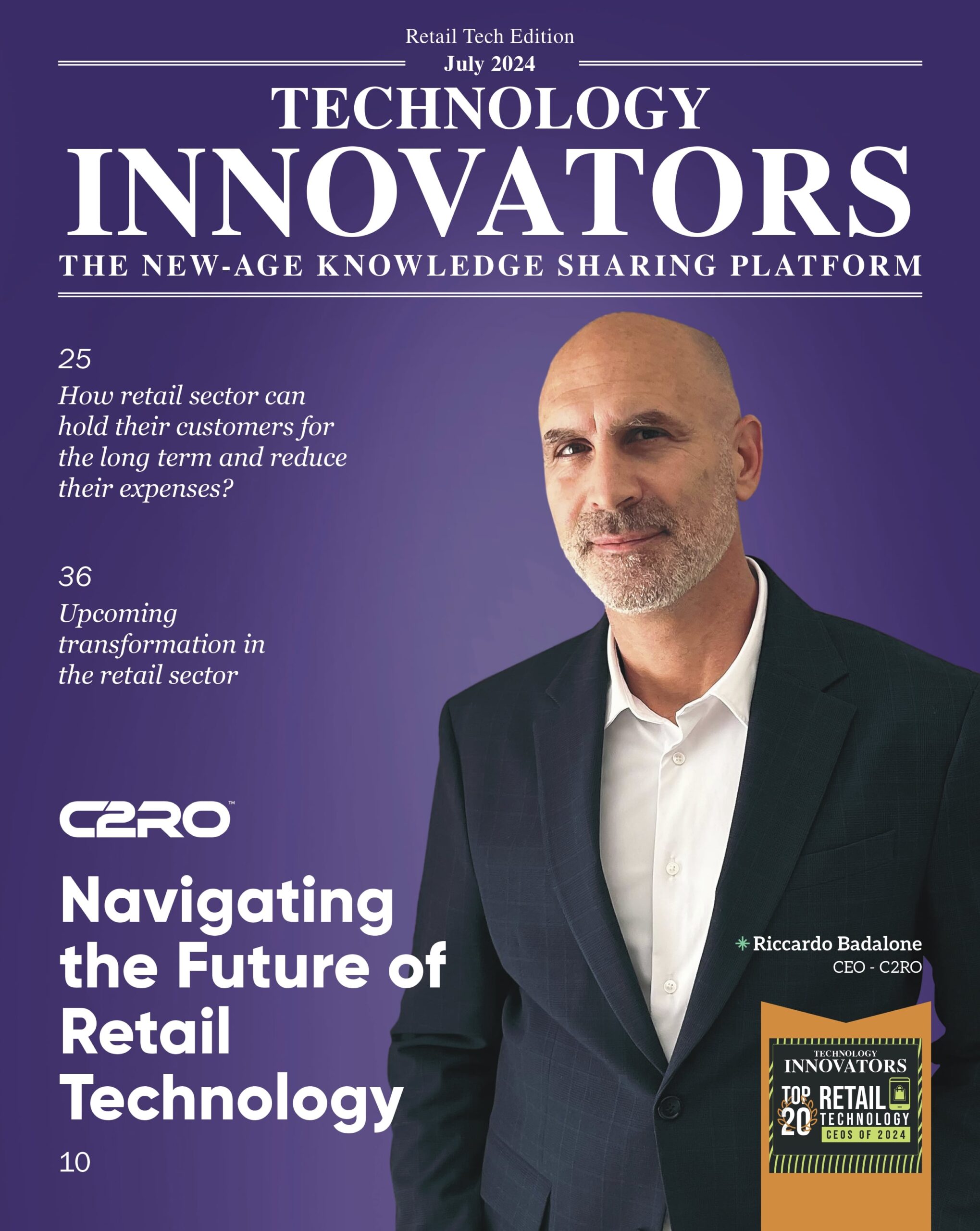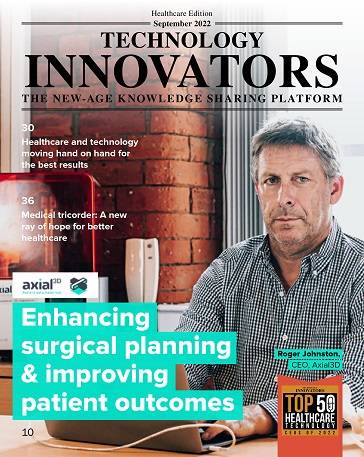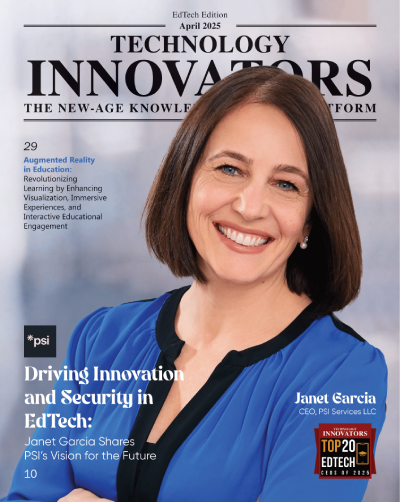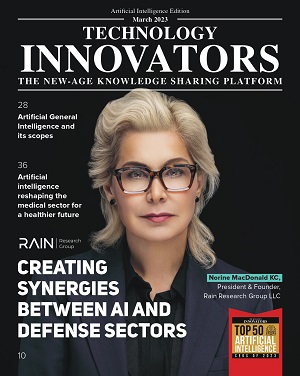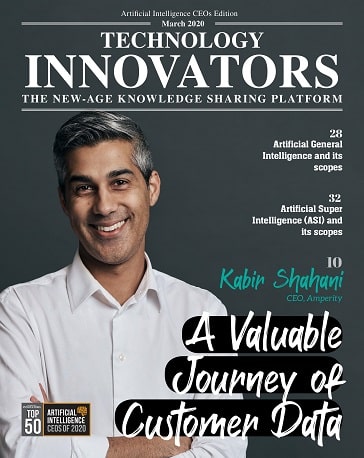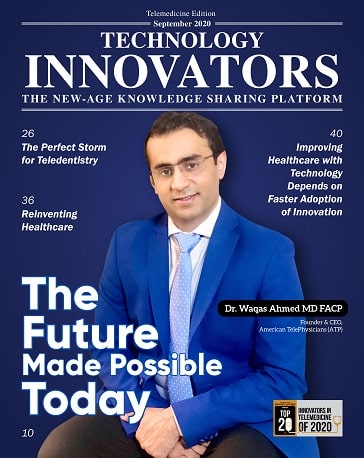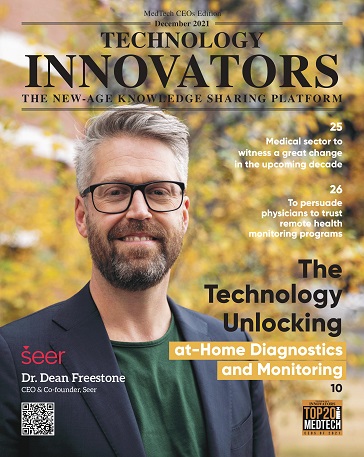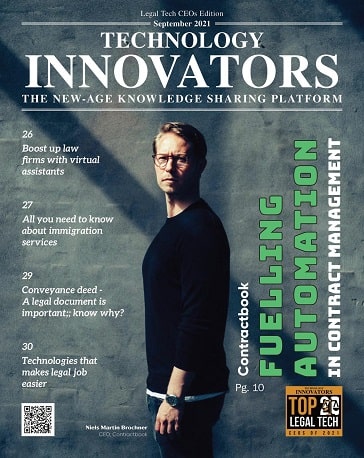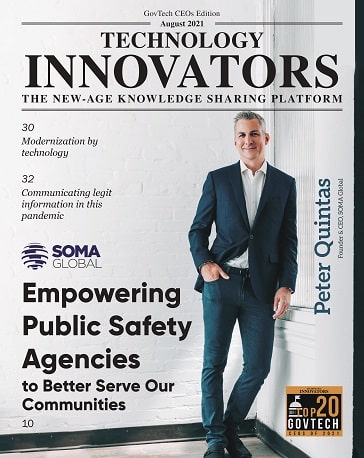Must-Subscribe Tech Magazines for Innovators
Innovative Solutions For Business Leaders
Explore groundbreaking solutions designed for business leaders and tech innovators. Transform your approach and drive success with our expert insights.
Influential Tech Publications for Industry Insights
Innovative Solutions for Business Leaders: Navigating the Future of Technology
In an era defined by rapid technological advancement, business leaders face both significant opportunities and complex challenges. The constant evolution of technology is reshaping industries, driving new business models, and providing powerful tools to enhance operational efficiency, boost productivity, and improve customer experiences. For business leaders, the ability to navigate this technological landscape is critical to staying competitive, fostering innovation, and leading their organizations to success. In this article, we explore some of the most innovative technology solutions that business leaders can leverage to drive growth, streamline operations, and stay ahead of the curve.
1. Artificial Intelligence (AI) and Machine Learning: Empowering Smarter Decision-Making
Artificial Intelligence (AI) and Machine Learning (ML) have become essential tools for businesses across industries. These technologies empower business leaders to make smarter, data-driven decisions, automate processes, and deliver personalized customer experiences at scale.
- AI for Predictive Analytics: One of the most impactful applications of AI is in predictive analytics. Business leaders can use AI-powered analytics tools to forecast customer behavior, market trends, and even potential operational disruptions. By leveraging historical data, AI can identify patterns and generate insights that guide strategic decision-making and help businesses stay ahead of market shifts.
- Machine Learning for Automation: Machine learning algorithms can automate a wide range of tasks, from data analysis and report generation to customer service and inventory management. By deploying chatbots, automated workflows, and intelligent systems, companies can reduce human error, improve efficiency, and free up employees for more strategic roles.
- AI-Powered Personalization: AI-driven personalization is revolutionizing customer interactions. By analyzing consumer data, AI can suggest products, services, and content tailored to individual preferences. This increases customer satisfaction, fosters loyalty, and ultimately boosts sales.
For business leaders, adopting AI and ML technologies allows them to make better decisions, streamline operations, and create new value propositions for customers.
2. Cloud Computing: Enhancing Flexibility, Scalability, and Cost Efficiency
Cloud computing has become a cornerstone of modern business infrastructure. Offering scalable and flexible solutions, the cloud enables businesses to access data, applications, and services over the internet, reducing the need for expensive on-premise hardware.
- Cost-Effective Scalability: Cloud computing allows businesses to scale their IT infrastructure quickly and cost-effectively. With pay-as-you-go pricing models, businesses can avoid the upfront costs associated with traditional IT infrastructure and scale their resources based on demand. This flexibility makes the cloud an ideal solution for businesses looking to grow or navigate fluctuating market conditions.
- Enhanced Collaboration: Cloud-based tools and platforms enable seamless collaboration among teams, regardless of location. With services like Google Workspace, Microsoft 365, and Slack, employees can access shared documents, communicate in real-time, and work on projects together from anywhere in the world. This is particularly important for businesses embracing hybrid or remote work models.
- Data Security and Backup: Cloud providers offer robust security measures, including data encryption, multi-factor authentication, and automated backups. This ensures that critical business data is protected, while also providing easy access in case of disaster recovery.
For business leaders, the cloud provides the agility, scalability, and security needed to innovate, improve collaboration, and reduce operational costs, all while enabling digital transformation.
3. Blockchain Technology: Building Trust and Transparency
Blockchain, initially popularized by cryptocurrency, has emerged as a transformative technology with a wide range of applications for businesses. Its decentralized, secure, and transparent nature makes it a powerful tool for building trust, reducing fraud, and improving operational efficiency.
- Supply Chain Transparency: Blockchain allows businesses to track products and assets in real-time, ensuring transparency and traceability. By recording each transaction on a secure, immutable ledger, companies can guarantee the authenticity and origin of goods, which is especially crucial in industries like food, pharmaceuticals, and luxury goods.
- Smart Contracts: Smart contracts are self-executing contracts with the terms directly written into code. These contracts automatically execute when predefined conditions are met, eliminating the need for intermediaries and reducing the risk of fraud. Business leaders can use smart contracts to automate transactions, enforce agreements, and streamline operations.
- Improving Payment Systems: Blockchain technology has the potential to transform payment systems by enabling faster, more secure transactions. With blockchain, businesses can process cross-border payments quickly, reduce transaction fees, and mitigate the risk of fraud.
For business leaders, blockchain offers a unique opportunity to improve transparency, reduce operational inefficiencies, and enhance trust with customers and partners.
4. Internet of Things (IoT): Unlocking New Opportunities for Operational Efficiency
The Internet of Things (IoT) is a network of interconnected devices that communicate and share data with each other over the internet. By deploying IoT devices, businesses can collect real-time data on various aspects of their operations, from inventory management to equipment maintenance.
- Predictive Maintenance: IoT-enabled sensors can monitor equipment performance in real-time and predict when maintenance is needed, reducing downtime and costly repairs. By analyzing data from IoT sensors, businesses can schedule proactive maintenance and extend the lifespan of machinery.
- Smart Logistics and Supply Chain Management: IoT devices can improve supply chain efficiency by providing real-time visibility into inventory levels, delivery schedules, and product conditions. Businesses can use IoT sensors to track shipments, monitor temperature-sensitive products, and optimize delivery routes.
- Enhanced Customer Insights: IoT technology allows businesses to collect data on customer behavior and preferences, enabling them to tailor products, services, and marketing strategies. For instance, smart retail solutions can track customer movement in stores, providing insights into shopping habits and store layouts.
For business leaders, the IoT represents a valuable tool for improving operational efficiency, enhancing customer experiences, and gaining insights into business performance.
5. Robotic Process Automation (RPA): Streamlining Repetitive Tasks
Robotic Process Automation (RPA) refers to the use of software robots to automate repetitive, rule-based tasks. By implementing RPA, businesses can streamline manual processes, reduce costs, and increase efficiency.
- Improving Operational Efficiency: RPA can automate a wide range of tasks, such as data entry, invoice processing, and payroll management. By replacing human workers with software bots, businesses can significantly reduce the time and effort required to complete these tasks.
- Enhancing Accuracy: One of the key benefits of RPA is the reduction in human error. RPA bots follow predefined rules, ensuring that tasks are completed accurately and consistently. This improves the quality of work and reduces the risk of costly mistakes.
- Enabling Workforce Transformation: By automating repetitive tasks, RPA allows employees to focus on higher-value activities, such as strategic decision-making, customer service, and innovation. This shift helps businesses foster a more productive and engaged workforce.
For business leaders, RPA is a powerful tool to drive efficiency, improve accuracy, and empower employees to focus on tasks that drive value.
6. Cybersecurity: Protecting Your Digital Assets
As businesses increasingly rely on digital technologies, cybersecurity has become more important than ever. Business leaders must prioritize the protection of sensitive data, intellectual property, and customer information from cyber threats.
- AI-Driven Threat Detection: Artificial intelligence and machine learning can help businesses detect and respond to security threats in real-time. AI systems can analyze network traffic, identify anomalies, and flag potential risks, allowing businesses to respond proactively to cyberattacks.
- Zero-Trust Security Models: A zero-trust approach assumes that no user, device, or network is inherently trustworthy, and requires continuous verification before granting access. By implementing zero-trust security models, businesses can ensure that only authorized users can access sensitive data, even in the event of a breach.
- Data Encryption: Encryption technologies ensure that sensitive information remains secure both during transmission and at rest. By encrypting data, businesses can protect customer privacy, comply with data protection regulations, and reduce the risk of data breaches.
For business leaders, investing in cybersecurity is essential for protecting digital assets, ensuring regulatory compliance, and maintaining customer trust.
7. Employee Productivity Tools: Enhancing Collaboration and Efficiency
As remote and hybrid work models become more common, businesses are investing in employee productivity tools that foster collaboration and enhance efficiency.
- Collaboration Platforms: Tools like Microsoft Teams, Slack, and Zoom have become essential for remote teams. These platforms enable employees to communicate, collaborate, and share files in real time, improving productivity and engagement.
- Project Management Software: Solutions like Trello, Asana, and Monday.com help teams manage tasks, track progress, and stay organized. These tools facilitate collaboration and ensure that projects are completed on time and within budget.
- Time Management and Workflow Tools: Tools such as Toggl, RescueTime, and Clockify help employees manage their time, prioritize tasks, and stay focused on high-impact work. These tools are designed to improve individual productivity and help employees maintain a healthy work-life balance.
For business leaders, adopting employee productivity tools is essential for fostering a collaborative and efficient work environment, whether teams are working remotely or in the office.
Conclusion
Technology has the potential to transform businesses, enabling leaders to improve efficiency, foster innovation, and drive growth. By embracing cutting-edge technologies such as AI, cloud computing, blockchain, IoT, and RPA, business leaders can navigate challenges, enhance customer experiences, and stay ahead of the competition. As the digital landscape continues to evolve, those who embrace these innovative solutions will be well-equipped to succeed in the future of business.
Unlock the potential of your business with innovative solutions for leaders and technology innovators. Stay ahead with our expert guidance and strategies.
Join the Global Movement! Subscribe to Technology Innovators Magazine today and be part of the conversation that’s shaping the future of technology across the globe.
Contact us
Want to get in touch? We make it our priority to respond to every request within 24h.





